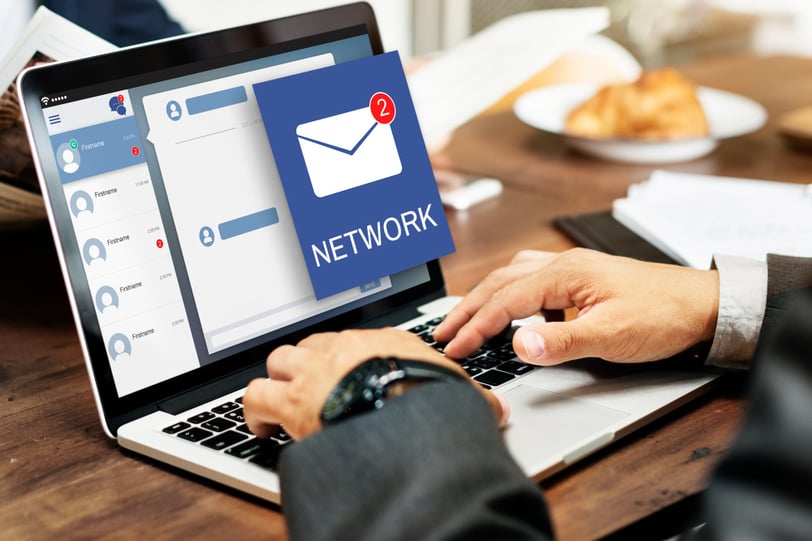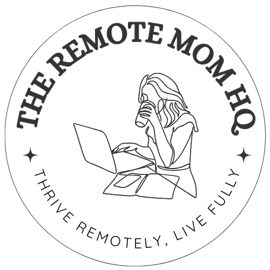
How to Start Freelancing and Land Your First Client in 2025
TABLE OF CONTENTS
The Freelancing Revolution: Why 2025 Is Your Year
Identify Your Marketable Skills (Even If You Think You Don't Have Any)
Core Technical Skills
Transferable Skills
Problem-Solving Superpower
Create Your Minimally Viable Freelance Presence
A Clean Portfolio Space
A Professional Outreach Template
Where to Find Your First Clients in 2025
Direct Outreach (Still King)
Specialized Platforms Over General Marketplaces
The "Help First" Method
The First Client Framework: Converting Opportunities
The Discovery Call That Converts
Proposal Psychology
Overcoming the "No Experience" Objection
Setting Rates That Respect Your Value
The Rule of Three
Value-Based > Hourly
The Confidence Pricing Strategy
Quick Reference: Your Freelancing Launch Plan
One Last Bit
The Freelancing Revolution: Why 2025 Is Your Year
Let's cut to the chase – freelancing isn't just a side hustle anymore. It's a full-blown career revolution, and 2025 is shaping up to be the golden year to jump in (it really is never too late). With companies worldwide embracing remote workers and project-based jobs becoming the norm, learning how to start freelancing has never been more relevant.
But here's the truth no one tells you: freelancing isn't just about having skills. It's about positioning those skills in a market that's willing to pay for them. So let's break down exactly how you can do that in 2025's unique landscape.
Identify Your Marketable Skills (Even If You Think You Don't Have Any)
Before you can find freelance jobs online, you need to know exactly what you're selling. And no, saying "I'm a writer" or "I do design" isn't specific enough.
Take inventory of your skills using this three-part framework:
1. Core Technical Skills
What can you actually do? Be specific. Instead of "social media management," think "Instagram growth strategy for e-commerce brands" or "TikTok content creation for B2B companies."
2. Transferable Skills
These come from previous experiences but translate perfectly to freelancing. Project management, client communication, meeting deadlines – these are gold in the freelance world.
3. Problem-Solving Superpower
This is where you identify which specific problems you solve. "I help SaaS companies explain complex features through engaging tutorial videos" is much more powerful than "I make videos."
One of the best freelance tips beginners often overlook is that specialization beats generalization every time. The more focused your offering, the easier it is to find and convert clients.


Create Your Minimally Viable Freelance Presence
You don't need a perfect website, logo, business cards, and social media presence across 12 platforms before landing your first client. What you need is a minimal but professional presence that shows you mean business.
Start with just two things:
1. A Clean Portfolio Space
This could be:
A simple one-page website (Carrd, Squarespace)
A specialized platform profile (Behance for designers, GitHub for developers)
A Google Drive folder with samples and a brief about you
According to recent platform data, 72% of clients make decisions based on the quality of your work samples, not the fanciness of your website.
2. A Professional Outreach Template
Create a customizable template for reaching out to potential clients that includes:
Brief introduction (2-3 sentences max)
Specific mention of their business/needs
Clear explanation of how you solve their problem
Call to action (usually a meeting)
Remember, your goal isn't to build a perfect freelance infrastructure – it's to land that first client. Everything else can be optimized later.
Where to Find Your First Clients in 2025
When researching how to start freelancing, many guides point to big platforms like Upwork or Fiverr. While these can be valuable, in 2025 there are more targeted approaches that yield better results.
Direct Outreach (Still King)
Identify 20 dream clients who could benefit from your services. Research shows personalized outreach has a 5-10x higher response rate than generic applications. Look for:
Companies with recent funding
Businesses actively hiring (signals growth)
Brands whose content you already enjoy
Specialized Platforms Over General Marketplaces
Instead of competing with thousands on generic platforms, try industry-specific marketplaces:
Contently or Skyword for content creators
Toptal or Gun.io for developers
Dribbble hiring board for designers
Recent user reports show specialists on these platforms command rates 40-60% higher than on general freelance sites.


The "Help First" Method
This approach has become increasingly effective for finding freelance jobs online. Join communities like Slack groups, Reddit, Discord servers because this is where you potential clients might hangout. Then focus on providing genuine help before pitching services.
I read a story (or was it watched on Youtube? I forget) of an SEO specialist who spent two weeks just answering questions in a marketing Slack group. By the third week, he had three inquiries about his services without ever posting that he was available.
The First Client Framework: Converting Opportunities
Having opportunities is one thing – converting them is another. Here's the framework successful freelancers use to land that game-changing first client:
The Discovery Call That Converts
Spend 70% of the call asking questions, not talking
Focus on their business goals, not just the immediate project
Link your services directly to ROI when possible
Proposal Psychology
Offer precisely 3 options (psychology shows this increases conversion)
Make your preferred package the middle option
Include one premium option to make your standard rate seem reasonable
Overcoming the "No Experience" Objection
This is one of the most valuable freelance tips beginners need. When clients ask about experience:
Reframe the conversation around their specific problem
Offer a small paid test project
Consider a satisfaction guarantee for your first few clients
Client research shows that 82% of businesses value problem-solving ability over years of experience. Use this to your advantage.


Setting Rates That Respect Your Value
New freelancers often undercharge dramatically. In 2025's market, here's how to set rates that won't leave money on the table:
The Rule of Three
Take what you think you should charge, then multiply by three. That's likely closer to market rate than your initial estimate.
Value-Based > Hourly
When possible, price based on the value you provide, not the hours you work. A website that generates $50,000 in sales is worth far more than the 40 hours it took to build.
The Confidence Pricing Strategy
Start with rates that make you slightly uncomfortable. As Tasha, a freelance copywriter, puts it: "If every prospect says yes immediately, your rates are too low."
If you want to get a baseline or an idea of what you should charge for your services, there are a ton of freelance rate calculators online like from Upwork, Clockify, and even Payoneer.
Quick Reference: Your Freelancing Launch Plan
One Last Bit
What separates successful freelancers from struggling ones isn't just skill – it's strategy. By following these proven steps for how to start freelancing, you'll bypass the common pitfalls and position yourself for success from day one.
Remember, everyone starts somewhere. The most successful freelancers I know all share one thing in common: they started before they felt ready. Your first client is out there waiting – it's time to go find them.
Thrive Remotely, Live Fully. ✨
